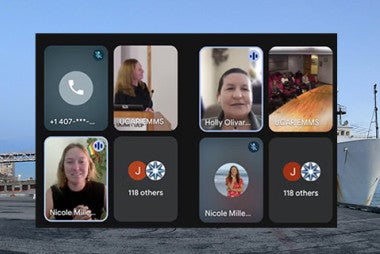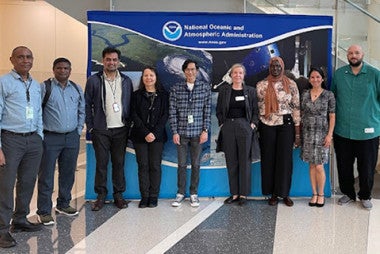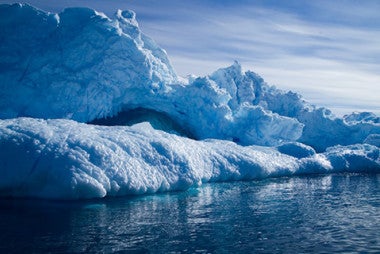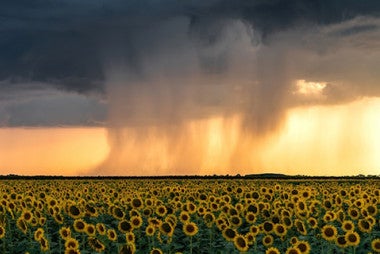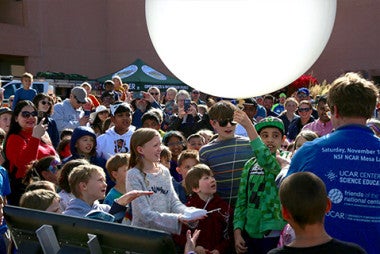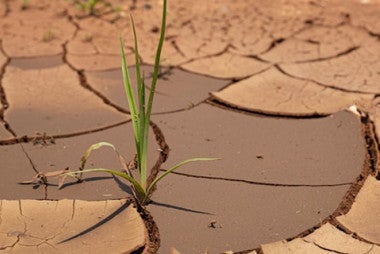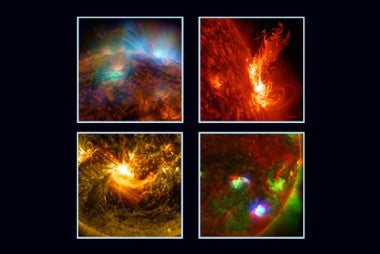Exploring New Frontiers Together: The 2025 CEDAR | GEM Workshop
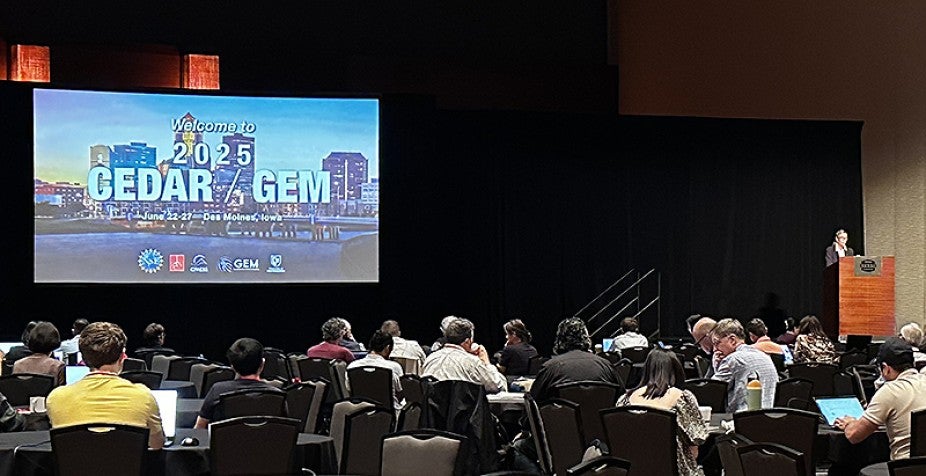
SPS | CPAESS Director Hanne Mauriello welcomes over 400 people from across the globe to the 2025 Joint CEDAR | GEM Workshop with opening remarks.
The 2025 Joint CEDAR | GEM Workshop, held in Des Moines, Iowa, marked a convergence of two complementary scientific communities: CEDAR (Coupling, Energetics and Dynamics of Atmospheric Regions) and GEM (Geospace Environment Modeling). Supported by the National Science Foundation and coordinated by UCAR's Cooperative Programs for the Advancement of Earth System Science (CPAESS), this event brought together nearly 400 participants for a week of interdisciplinary collaboration, discovery, and connection and took place from June 22 to 27, 2025.
Hosted annually, the CEDAR program focuses on advancing our understanding of the space-atmosphere interaction region—an area that encompasses the complex energetic and dynamic processes linking the Earth and Sun. In parallel, the GEM program supports research on geospace dynamics, spanning from the lower ionosphere to the boundary where the Earth interacts with the solar wind. Together, these two programs address different facets of the coupled Sun-Earth system, and the 2025 joint workshop served as a unique opportunity to align their missions.
UCAR SPS | CPAESS Director Hanne Mauriello opened the workshop with remarks emphasizing the importance of cross-disciplinary collaboration. “This year, we are excited to bring together these two complementary research communities for an inspiring week of discovery, learning, and collaboration,” she noted. The workshop welcomed approximately 100 international researchers and 100 students, half of whom received travel support to attend—a reflection of the community's strong investment in future scientific leaders.
The 2025 Joint CEDAR | GEM Workshop featured an expansive and engaging agenda designed to foster collaboration across the geospace and heliophysics communities. Kicking off with a dedicated Student Day, early-career researchers participated in sessions on plasma physics, space weather, proposal writing, data visualization, and science communication—setting the tone for a week of interdisciplinary exchange. Throughout the workshop, attendees engaged in joint plenaries, specialized breakout sessions, and topical tutorials covering everything from ionospheric disturbances and radiation belt dynamics to machine learning applications and whole-atmosphere modeling.
Highlights included the CEDAR Prize Lecture, GEM Student-Chosen Speaker, and a powerful joint session on compassionate leadership and burnout in science. Poster sessions, multiple mentoring events, and a student-focused career panel dinner further emphasized the meeting’s strong support for the next generation of scientists. With agency updates, community discussions, and a shared vision for the future of heliophysics, the workshop succeeded in uniting researchers around a dynamic and evolving scientific frontier. Here is the agenda with links to presentations including videos posted on our YouTube channel.
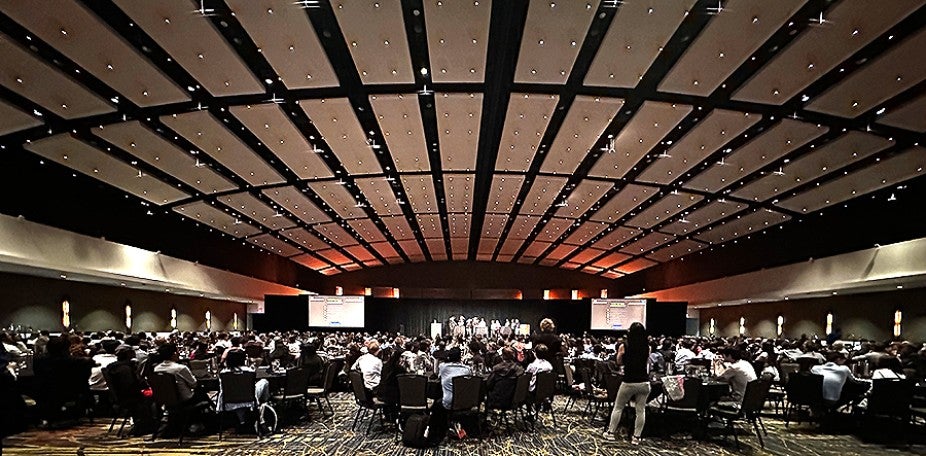
Students and scientists listen to the many compelling presentations at the 2025 CEDAR | GEM Workshop.
Special thanks were extended to the National Science Foundation for its sustained support of both the CEDAR and GEM programs, to Liying Qian of NCAR’s High Altitude Observatory, and to the CEDAR Steering Committee for its leadership and guidance. Recognition was also given to the UCAR CPAESS Events and Travel team—Maggie Payeur, Jessica Martinez, and Rebecca Cribelli—as well as CPAESS Assistant Director Tracey Baldwin for their outstanding efforts in coordinating this major event. Additionally, a thank you to our web developer Tania Sizer for her extensive support, and graphic designer Alex Meyer.
As participants wrapped up a week filled with scientific exchange and new collaborations, one message rang clear: advancing our understanding of geospace and the space-atmosphere interface is a shared mission that thrives through connection, innovation, and the vibrant curiosity of a united research community.

